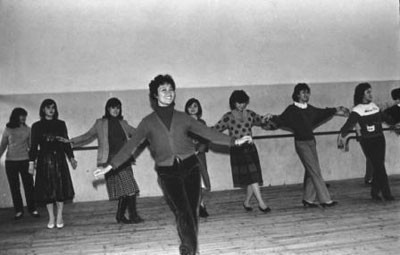(Ecns.cn)--It has been two decades since China adopted the beauty pageant as a forum for young women to display their unique and special qualities. Not merely competitions amongst peers, these contests also tend to boost local and national economies while enhancing personal and community reputations.
Truth be known, the early days of pageants in China got off to a rocky start, with both traditional elements of society and women's groups alike bemoaning the modeling segment of competitions that required contestants to parade themselves on stage in revealing bikinis.
However, while disapproval was evident and the populace at large appeared ready to slam any form of pageant in the country, the early 1980s were a time when most Chinese had just walked away from the misery of the tumultuous "Cultural Revolution," and an eager and determined group of people sensed this was an opportunity to bring about social change in the country.
From beautiful words to beautiful deeds
Three friends, Jiang Hexin, Zhao Yao and Zhang Andong, had what was to become an historic reunion in Beijing. They are known now as the three initiators of China's first beauty pageant, but at the time they got together, soon after the Spring Festival in the year 1988, they had all passed the age of 30 without a successful career anywhere in sight.
Two of them were the scions of China's art elite. Zhao was the son of a senior official in China's Federation of Literary and Art Circles, and Zhang the son of a senior official of the Chinese Writers Association, so conversation usually revolved around doing great things.
In those early days of China's plunge into commercialization, earning 10,000 yuan was their goal. On this occasion, Zhao mused that they should hold a beauty competition and make some money.
Excited by this suggestion, the friends hunkered down at Zhang's home the whole night to plan the pageant. But given the public mood at that time, calling this competition, a beauty pageant would have been unwelcome move, "so we named it a 'contest of youth and elegance' to distinguish it from from a Western-style beauty competition," recalled Zhao.
After they hammered out a detailed plan, they sought the necessary supporters. Zhao told his father about his idea, saying that the competition aimed to educate young women about concepts of beauty, the skilled use of cosmetics and improved standards of decorum in society. Zhao's father agreed to back them and made an introduction to Zhu Hansheng, deputy editor in chief of the government-run magazine Contemporary Television.
Zhu gave it the nod and proceeded to help the trio host the contest, and the cultural center in Beijing's Chongwen District agreed to arrange a venue for it. But the catch was all the money used to run the competition had to be raised by the three friends, and Jiang was assigned responsibility for fundraising.
On April 8, 1988, the competition was officially open for applications from girls 17 to 27 who lived in Beijing, and the submission deadline was set for April 15. The competition was divided into four rounds with the winner gaining the title of the "Flower of Beijing."


















